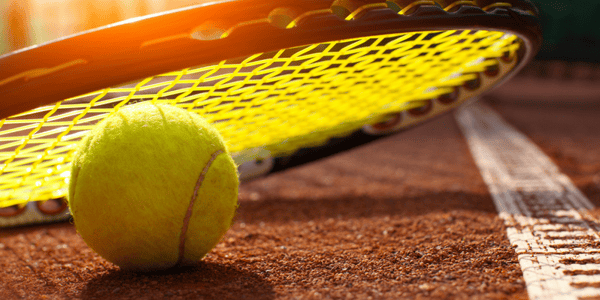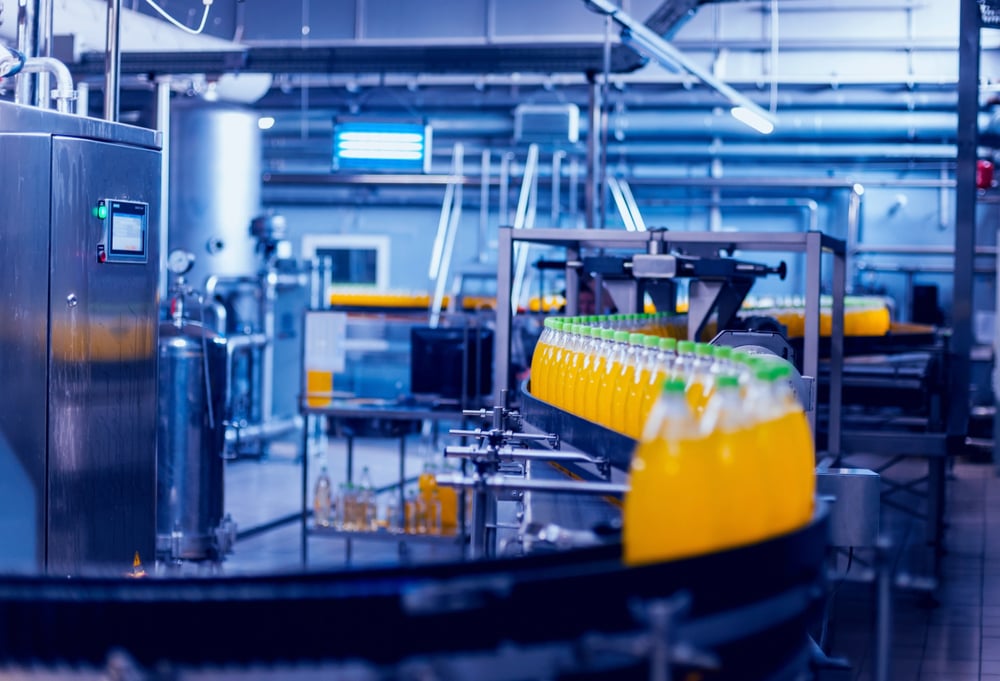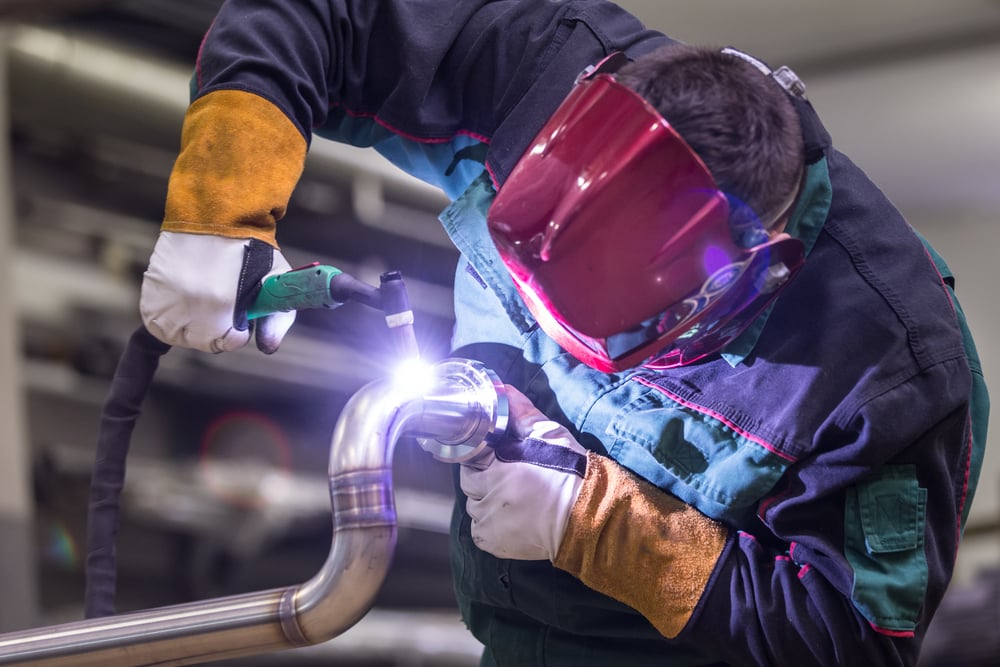How Tennis Rackets Are Manufactured
Christina O'Handley August 31, 2016
The tennis rackets that you'll see on display at the U.S. Open are nothing like the clunky, wooden rackets used years ago. That's because today's game is faster, with average serve speeds of 124 to 140 mph, and engineers are tasked with creating rackets that can not only accommodate these speeds, but can withstand forces as great as 50 kilos while being lighter and more aerodynamic than ever before. So what technologies do companies use to create these modern marvels of engineering?
While different brands use their own distinct materials and techniques for creating tennis rackets, the manufacturing process is mostly consistent. Check out the step-by-step process of creating a tennis racket below:

Engineers Design The High-Tech Racket
Using the latest CAD and FEA software, R&D designers and engineers at tennis manufacturing companies create cutting-edge designs of the latest rackets. Manufacturers also have rapid prototype machines to create initial prototype rackets. When creating their designs, engineers look to make a product that maximizes performance and durability to reduce uncontrollable vibrations and increase calculated stroke abilities.
A Unique Carbon Fiber Layer Is Formed
Various materials are used to create the base of the racket, including carbon fiber, kevlar or fiberglass/resin layup. Carbon fiber is primarily used since it allows for a strong weight to strength ratio and increases the speed in which the racket can travel through the air.
The Material Is Manually Placed Into The Mold
Pieces of the material are then cut and placed precisely in a steel mold. If the material is not placed precisely, the orientation of the carbon fibers could significantly change the playing characteristics of the racket.
The Racket Is Cured
Once the carbon fiber material is properly placed, it passes through a heating process to cure and harden the carbon fiber. Depending on the process, it can take up to 30 minutes to do so. During this time, certain manufacturers use different processes to cure the racket. Most processes include pressurized air blown into the center of the frame to retain a hollow core that will later be filled with foam.
Final Touches Are Made
Once the heating process is finished, the racket is polished and string holes are created within the racket to have the rackets ready for market.
Testing The Tennis Racket
Once the working prototype is finalized, machines test out the durability of the racket and ensure that the racket is strong enough to return a high speed ball on impact. This process is essential to the creation of rackets to confirm that professionals and amateurs alike are able to play their very best.
It can take multiple materials to create a simple product like a tennis racket. That’s why we have over 1,000,000 suppliers to fulfill prototyping needs. Check out our supplier discovery platform to search for a supplier — or if your manufacturing company is looking to tap into new industries, create a free company profile today.
Did you find this useful?









